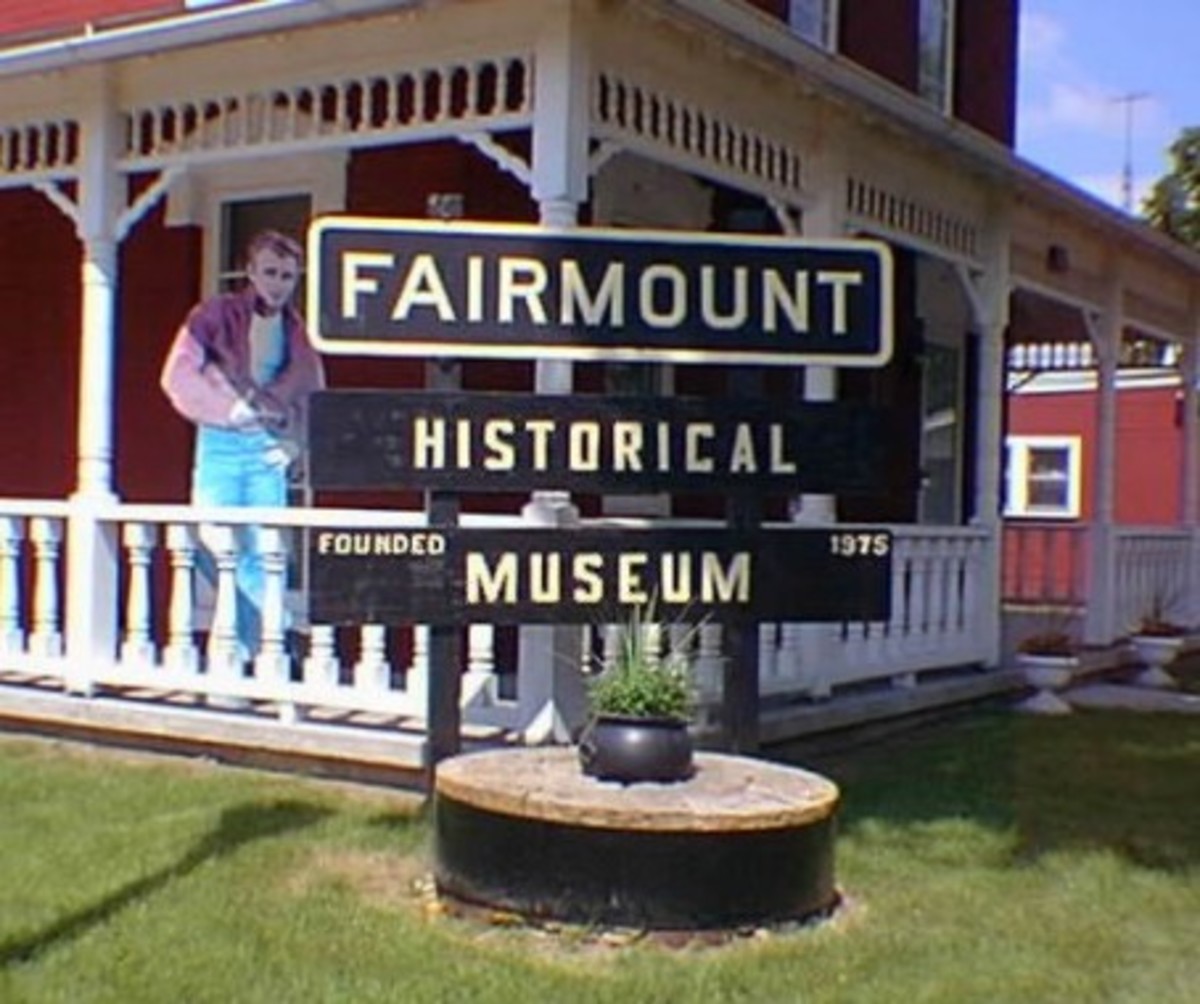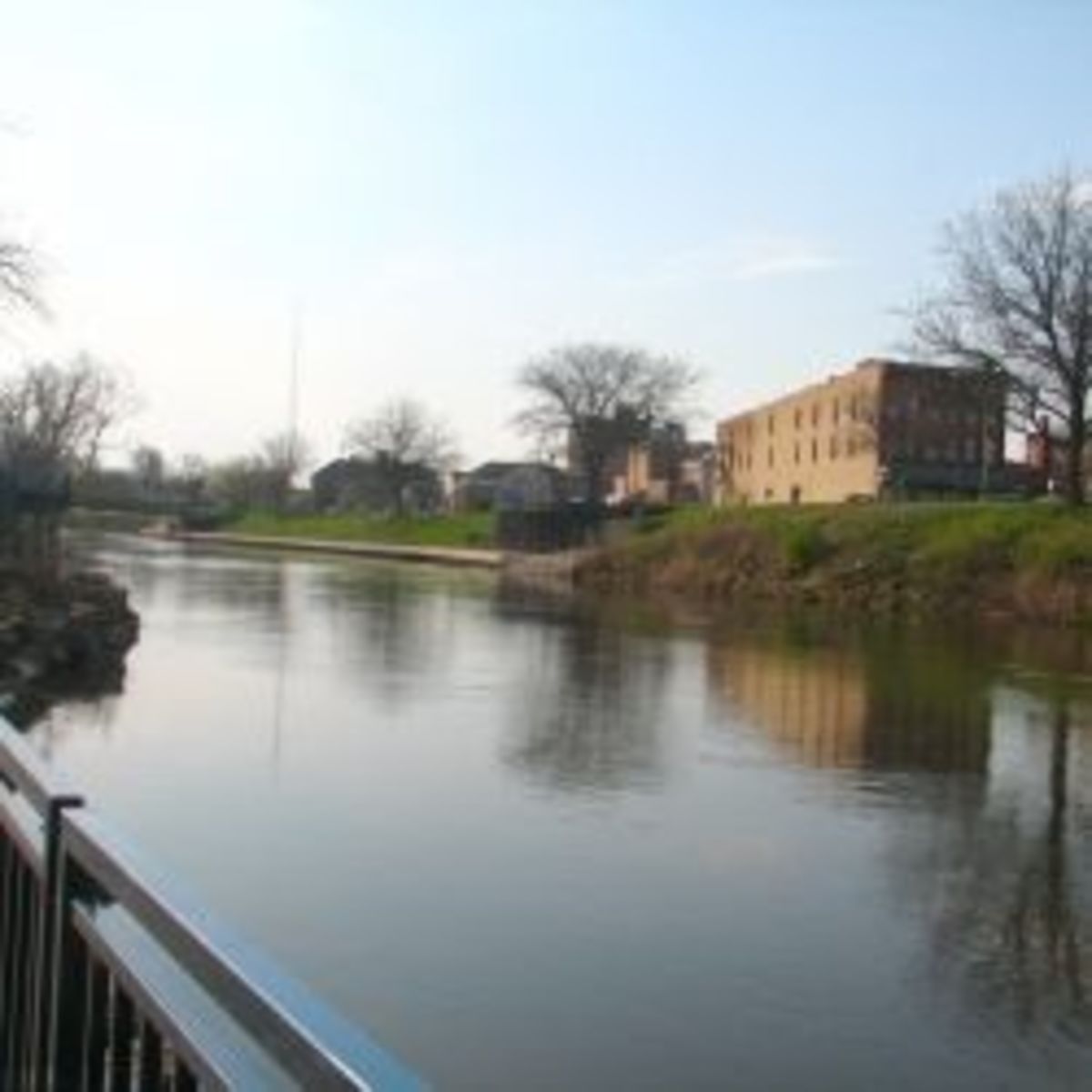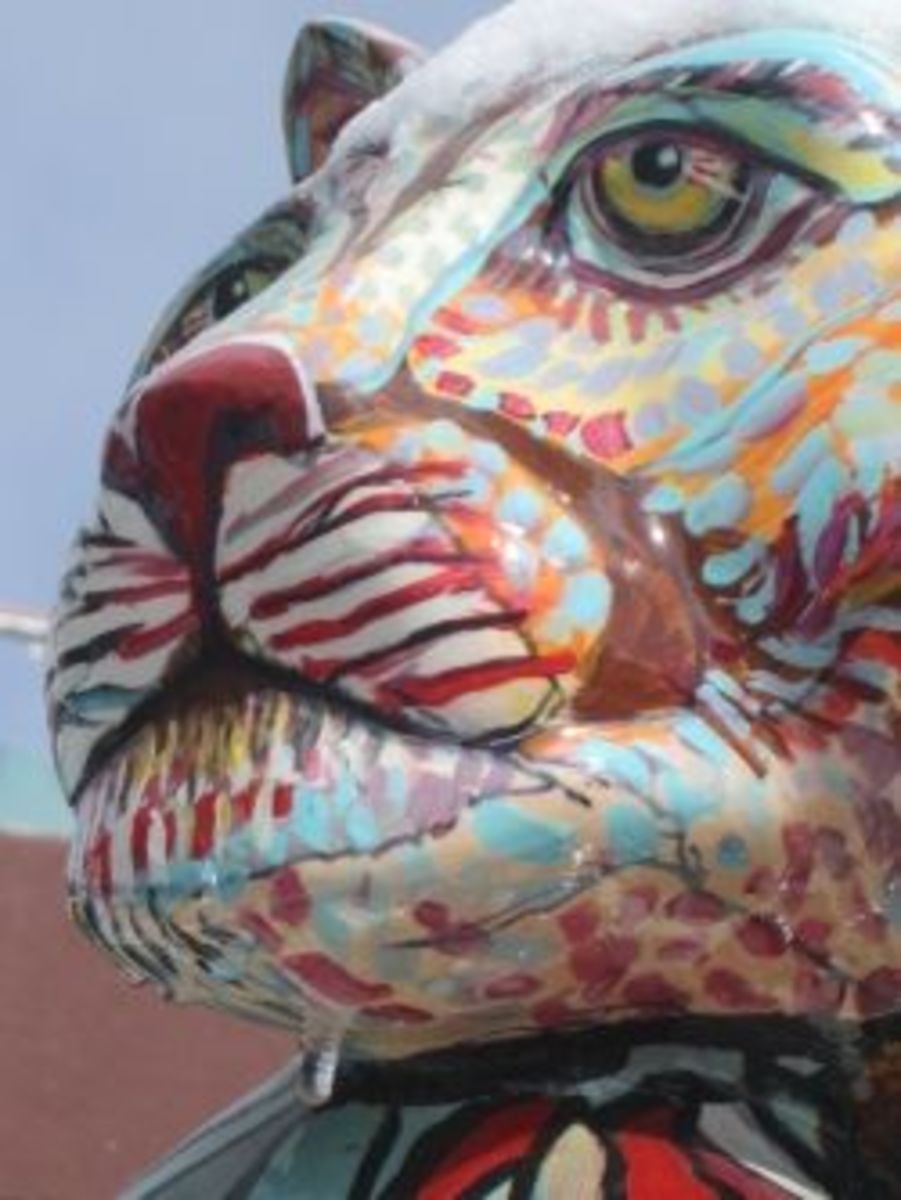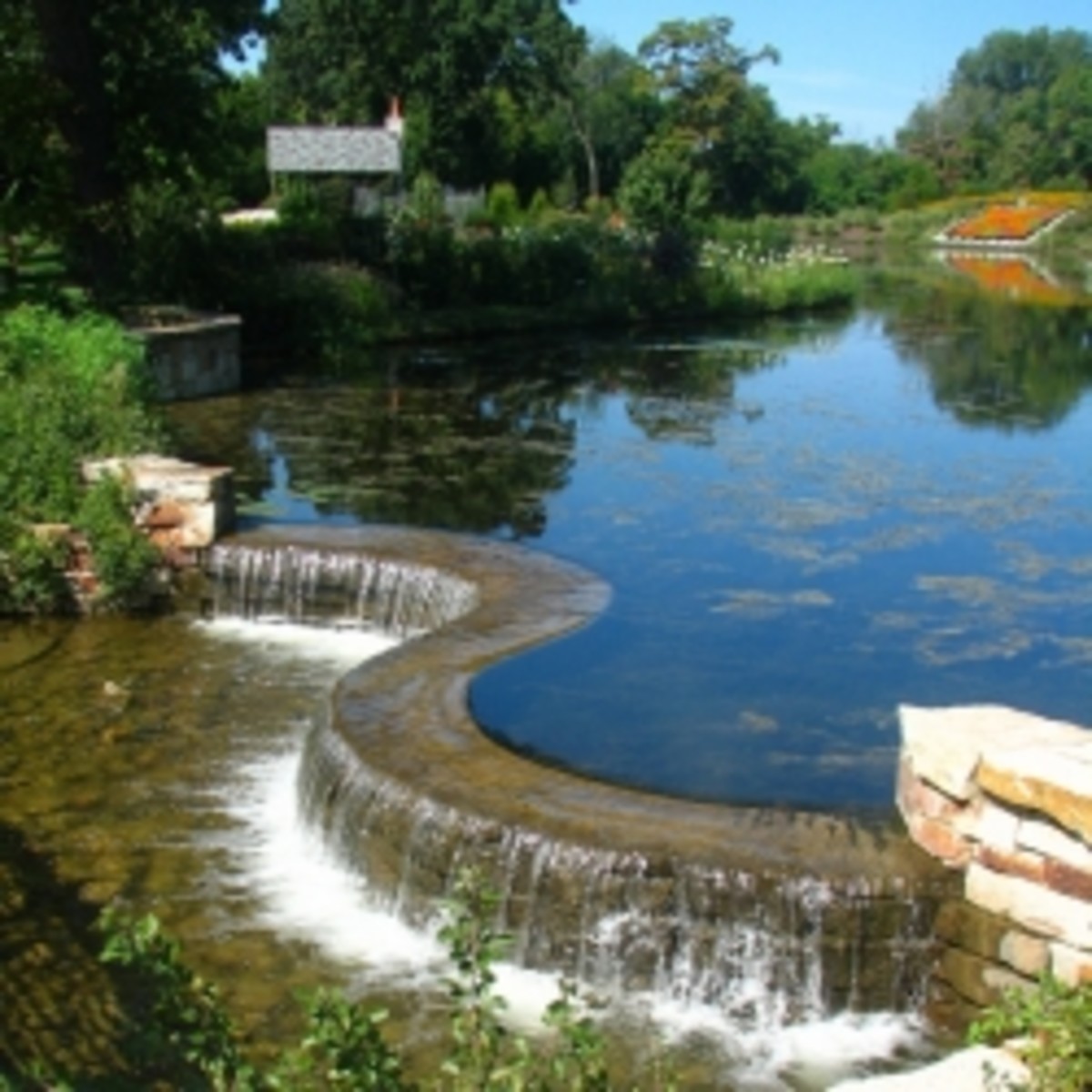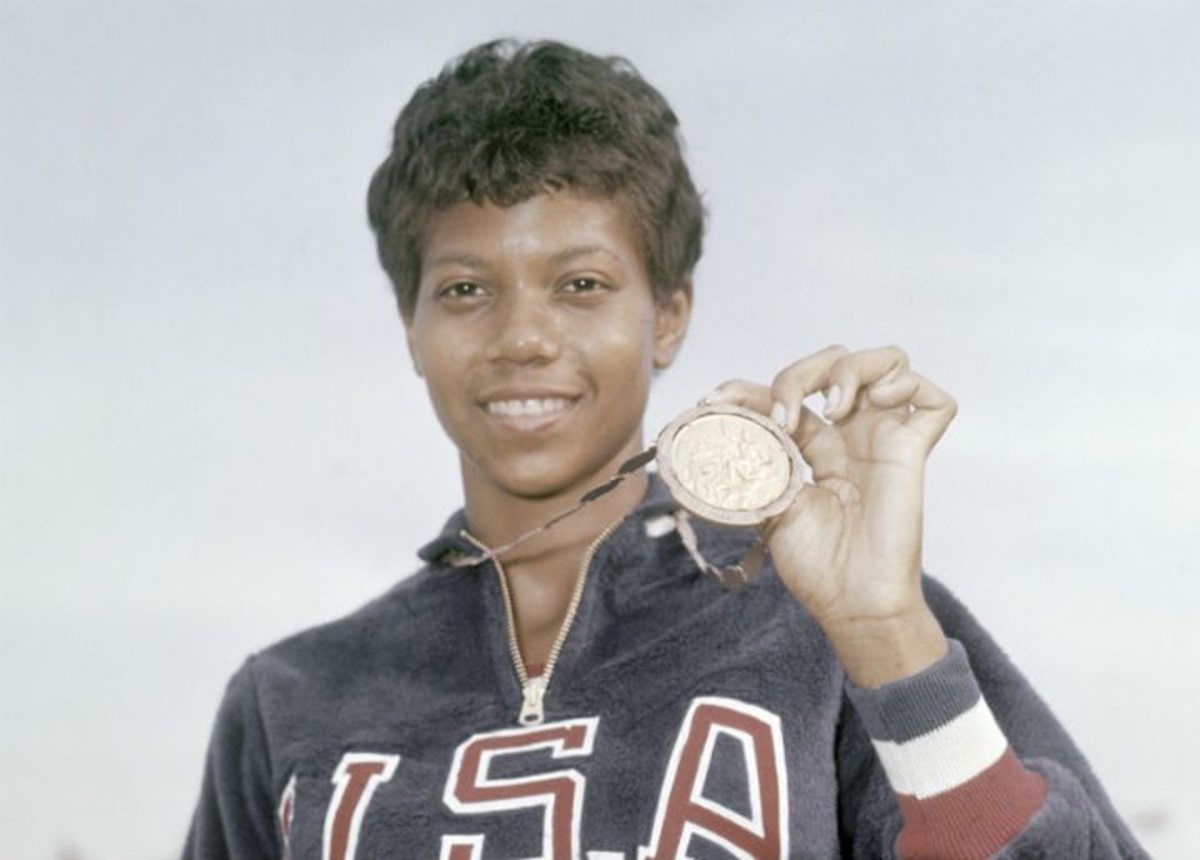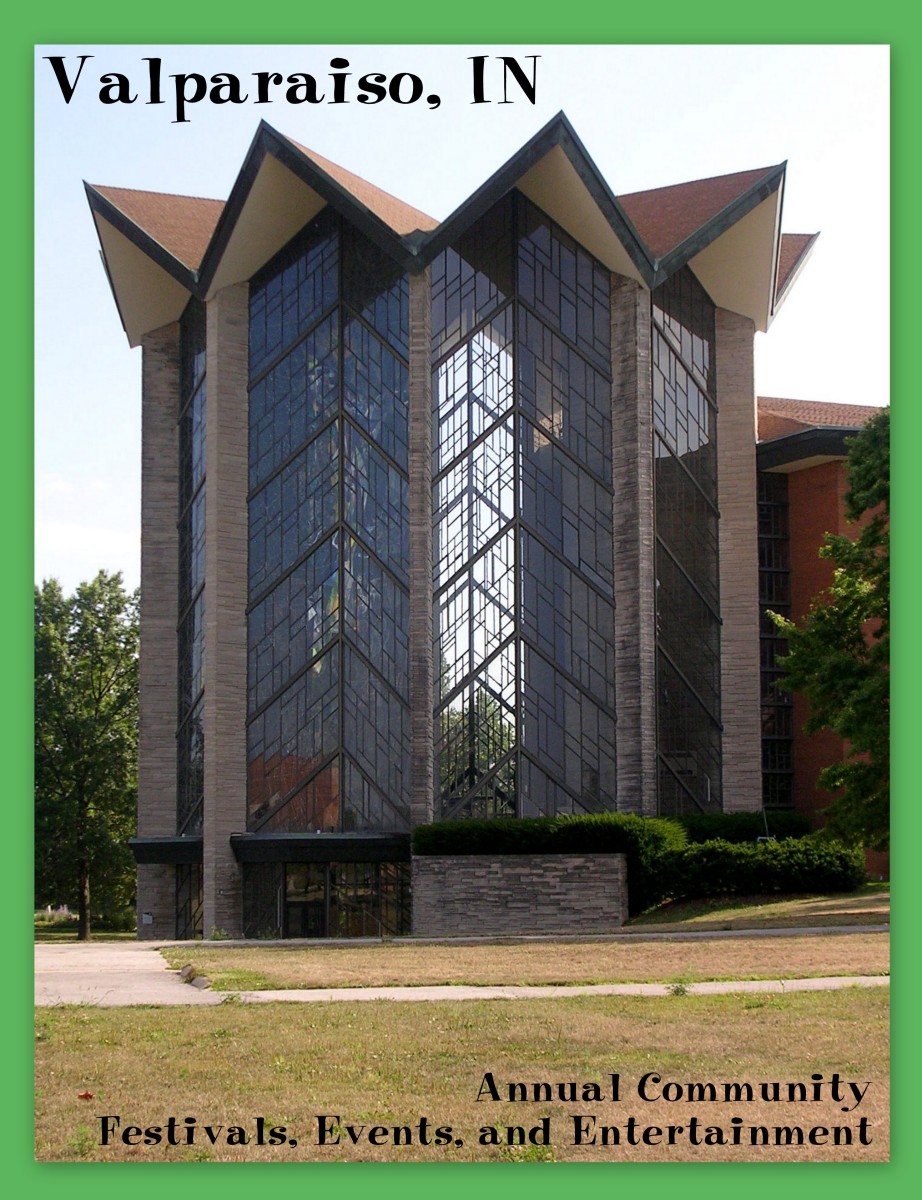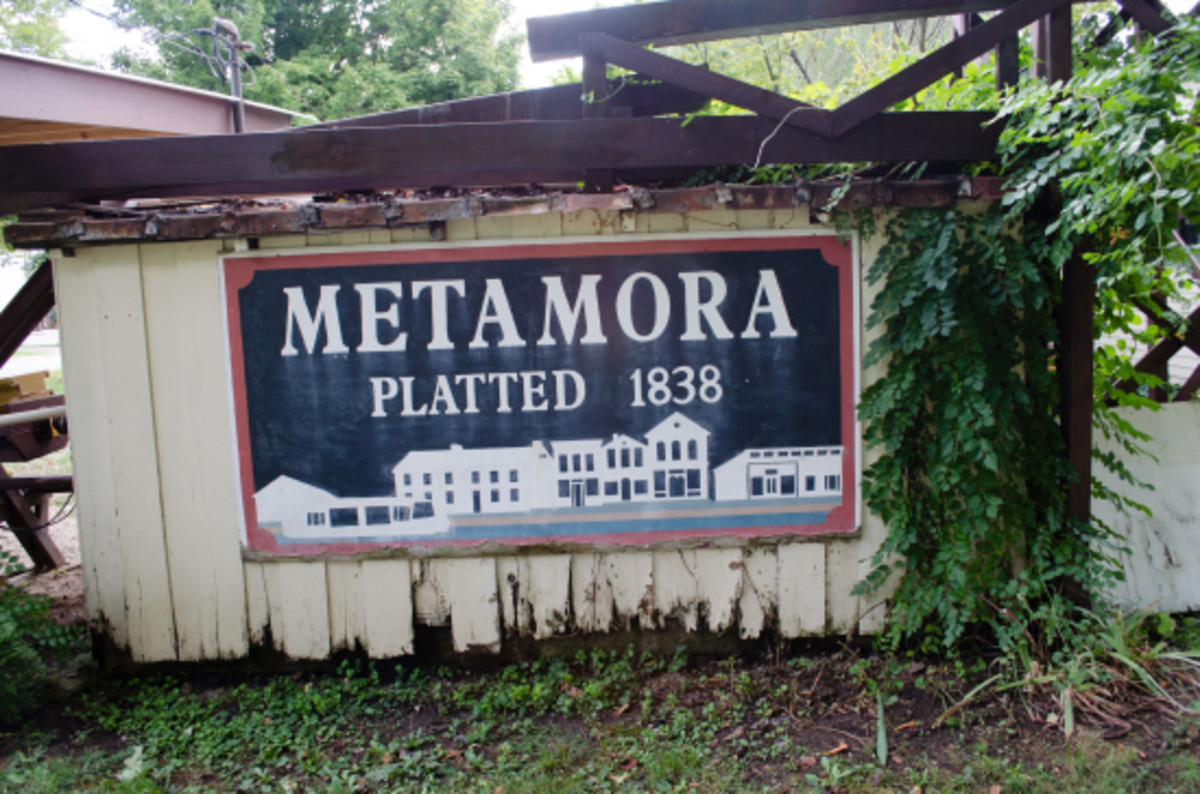- HubPages»
- Travel and Places»
- Visiting North America»
- United States
Muncie Indiana

The Ball brothers (William, Frank, Lucius, Edmund, and George) began making glassware in Buffalo, New York. After their factory burned down, they moved to Muncie in 1887. They were attracted by the abundant supply of natural gas nearby, seven acres of free land, and $5,000 to pay their relocation expenses.
John Mason patented his self-sealing jar in 1858. This was a major advancement, because drying was the only alternative method of food preservation. Since its invention, an estimated 100 billion jars have been produced. They were manufactured by hand until Frank Ball patented a semi-automatic machine in 1898. In the early 1900s the process was completely automated. Glass-making operations in Muncie ceased in 1962. The Ball Corporation focuses on different industries today, and has moved its headquarters out of Muncie. You will still find the Ball name in many places around Muncie, including Ball State University.
Ball State University
Ball State University began as Eastern Indiana Normal School in 1899. It got off to a rocky start due to low enrollment & financial problems. It closed in the middle of 1901, then reopened in mid-1902 after it was given a $100,000 endowment, but closed again in 1907. After being closed for several years, it operated again from 1912 to 1917 before closing once more. This time the Ball brothers stepped in and purchased the property, then donated it to the state of Indiana in 1918. In 1922, it was renamed Ball Teachers College in honor of the Ball brothers continuing support. The curriculum expanded, and in 1965, the institution was renamed Ball State University.
Ball State's best-known graduate is probably talk show host David Letterman. After graduation, David held local broadcasting jobs in Indianapolis. As a TV weatherman, he once told viewers that an area was pelted with hail "The size of canned hams." As a radio broadcaster he reported that the Soldiers' and Sailors' Monument in downtown Indianapolis had been sold to the island of Guam. They were going to paint it green, in honor of asparagus, their national vegetable. A miniature golf course would be constructed in its place.
After his success in television, Dave made generous donations to Ball State. In recognition of his support, the David Letterman Communication and Media Building was dedicated in 2007. In Letterman's speech, he naturally had a top ten list. This one was "Top ten good things about having your name on a building." At the same ceremony, he received a "Sagamore of the Wabash" award for his service to the state of Indiana from the governor.

Outdoor Sculpture
Muncie has a great of outdoor sculpture, including a couple works by sculptor Cyrus Dallin. Dallin grew up in Utah, and spent time with Ute Indians. Much of his work depicts Native Americans.
His best known work is probably "Appeal to the Great Spirit." The original was cast in 1909 and sits on the grounds of the Boston Museum of Fine Art. In 1922 nine smaller versions were created, and one of those is located at Walnut Street & Granville Avenue in Muncie.
"The Passing of the Buffalo" depicts the end of the Plains Indians way of life after the slaughter of the great buffalo herds. When Europeans first reached North America, American bison numbered an estimated one hundred million. By 1900, they had been reduced to about one thousand animals.

Cardinal Greenway
The Cardinal Greenway is one of Indiana earliest bikeways. It was originally part of the Cincinnati, Richmond, and Muncie rail line. In 1993, the non-profit agency Cardinal Greenway, Inc. was established and it acquired the 60 miles of abandoned railroad between Richmond and Marion. Since then, numerous sections have been opened. The section between Gaston and Gas City has not yet been opened. Riders can still go from Richmond to Marion, but they will have to take county roads from Gaston to Gas City.

Academy of Model Aeronautics Museum
Muncie is home to the Academy of Model Aeronautics. Stop in at their museum and you can learn about the history of this hobby. The have areas in the museum that focus on airframes, engines and radio control systems. Although radio control didn't become popular until the 1970s, it was originally developed back in the 1930s. The museum also has over 15,000 model aircraft plans and a library with over 4,500 books.

Visiting Muncie
If you wish to visit Muncie, there are several nice bed and breakfasts:
- McDowell-Nearing House A 1947 neo-classical with four rooms
- Shaffer Gardens A mansion with seven rooms, 30 acres and stocked lake
- River Gardens Bed & Breakfast Two rooms on three acres along White River with beautiful gardens

Links
- Things to do in Muncie and Ball State University
- Cyrus Edwin Dallin
Information about the sculptor of "Appeal to the Great Spirit" and "The Passing of the Buffalo" - Muncie Outdoor Art
Detailed listing of Muncie's outdoor art - Historic Muncie: Emily Kimbrough Historic District on Vimeo


